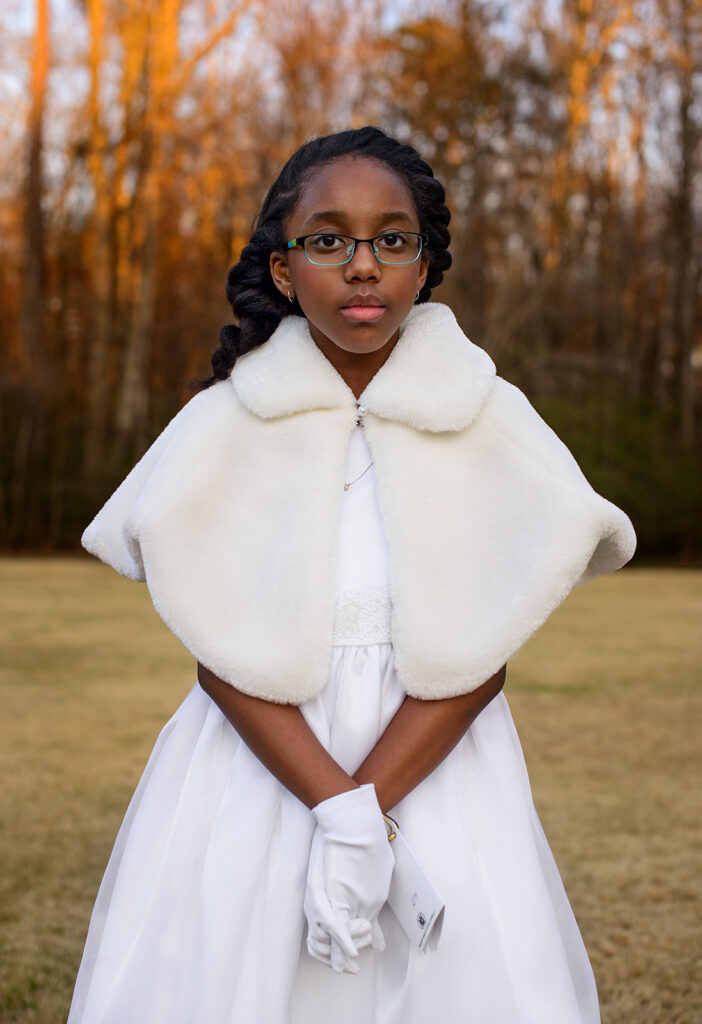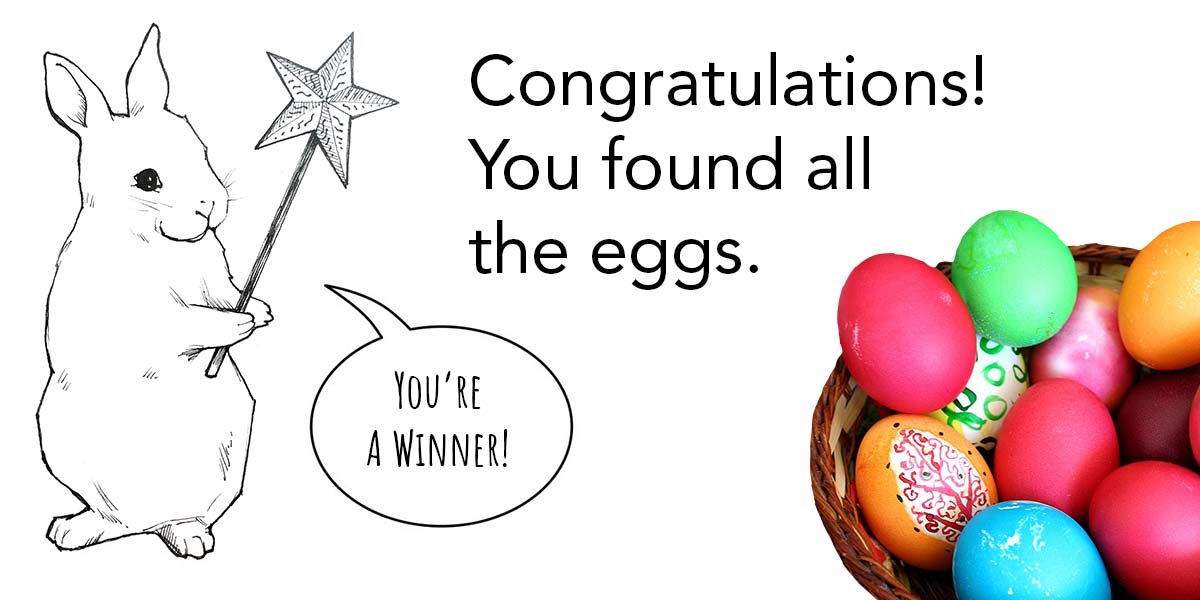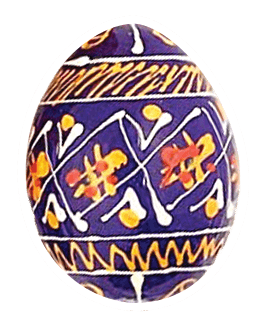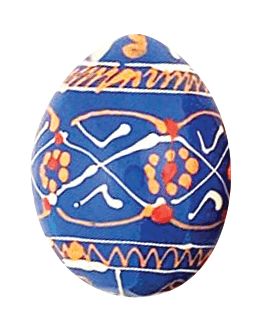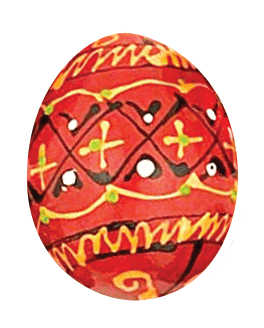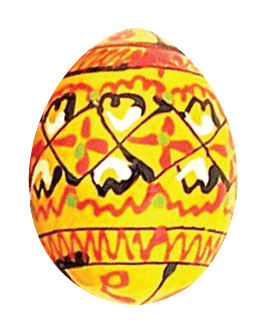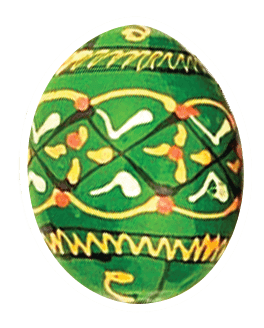Ariel learned about Cotillion at school, from a friend whose grandmother had started the program, more than 20 years earlier. A six-week course, Cotillion teaches “etiquette and social dance training,” beginning in the fifth grade. Like a debutante ball, Cotillion is a tradition in the South.
On this day, Ariel and her friends had just completed their final Cotillion ball – a grand march and dance, with refreshments formally served – and were headed out into the cool spring air. I watched as Ariel’s mother buttoned the girl’s fur cape at her neck, and I moved toward them to ask if I could make Ariel’s portrait. As I approached the pair I noticed I felt uncomfortable for singling them out. I had already photographed many children that day, but I had to understand how and why, in a ballroom of some 60 children, only two of them were Black.
Ariel and her mother, Crystal, allowed me to make a few photographs that day, but Ariel was more eager to run around with her friends. So as the kids played in the setting sun, Crystal and I stood chatting. I asked if we could continue our conversation later, and she said that I could call her on another day.
Over a series of conversations, Crystal told me that she had received an email inviting Ariel to participate in Cotillion, which Crystal had never heard of. She found out that many of Ariel’s friends from school would be attending, so she signed her daughter up. The registration required a fee of $295 and stated that the children had to come to all six classes dressed in their “Sunday best.” Crystal sent in the money and went shopping to make sure that Ariel would have a nice dress to wear – a different one each week.
“We’re in a position where we can do that,” Crystal said. In contrast, she described her own childhood: “I grew up poor. And I know my mama wouldn’t have been able to afford to send me to Cotillion for the fifth grade. She just wouldn’t have been able to do it.”
Crystal and her husband grew up in Memphis, surrounded by large extended families and the city’s African-American community and culture. Since moving to Newnan to pursue their careers they have found themselves mostly in the company of white people. Crystal understands that this proximity to whiteness in a place like Newnan allows for opportunities such as Cotillion; still, she mulls over its complications.
Referring to W.E.B. Du Bois’s concept of “double consciousness” – in which one is forced to live both in the African-American world of which you are a part and in the white world that sees you as “other” – Crystal says, “My husband and I, we feel that way. . . . I grew up in an urban environment, so I can ride that line as long as possible, and I can jump over and be whoever I need to be. But my daughter hasn’t had that, ’cause she’s always in this environment, which is predominantly white.
“I am raising an African-American family in a predominantly white town,” Crystal continues. “We’ve been here all Ariel’s life, so she’s never really vocalized the other-ness that a lot of African-American people feel when they’re obviously the only Black person in the room. She hasn’t expressed any feelings of other-ness yet, but I don’t think you feel that until you get older and you’ve lived more. She just needs more schema, you know? More life experience. The experience to be able to pinpoint how she feels.”
Crystal looks for opportunities to have such conversations with her children; they watch “Black-ish” on T.V., a show about the personal and professional lives of an extended family of African-Americans. And she’s wondered about ways to immerse them in the Black culture that she misses, though she’s not sure of the best way to do that. “If I left them in Memphis with grandparents for a summer,” she says, “I don’t know what those first few weeks would be like for them.”
Crystal says that after Cotillion she received an invitation to serve on the group’s parents’ council, and was asked to nominate a list of children who might be interested in the course. She thought that maybe Cotillion was so homogeneous because parents of past years had been nominating children of the families they knew, within circles that were smaller than Newnan’s whole population. She saw this as an opportunity to widen that circle, and so she sent in a list of children of African-American families, as well as others, particularly friends of her son, who would attend the following year.
After I’d made Ariel’s portrait, Crystal and I met for coffee, so I could give her a print. I told her that the portrait of Ariel had become a favorite of the few people to whom I’d shown it, and that I wanted to install it as a banner on the Wadsworth Auditorium, a civic building in Newnan that had for decades been off limits to Blacks. About a week later Crystal emailed me. She wrote:
Hi Mary Beth,
I hope you’re enjoying your time at home. I’m writing to let you know that my husband and I spoke with Ariel about your project, and she is very excited (as we all are). Also, we love the photo, and appreciate you including Ariel.
While we were discussing the purpose of the project and how the photo could be seen, I asked Ariel what she thought her photo represented. . . .
I had Ariel jot down her thoughts about the photo. Bless her heart, she gave me a bit of a history lesson, but this is what she wanted to include:
“Times are changing. 200+ years ago, African Americans were seen as property and nothing more. They probably never thought that their descendants could be President, mayors, go to school, or a Cotillion! Today, we do things they never dreamed possible. Times are definitely changing, and that’s good.”
Almost two years later, Crystal stood next to me outside the auditorium holding Ariel’s little brother, while workmen hoisted the rolled-up banner of Ariel’s portrait into place. As the banner unfurled the little boy started to giggle and squirm, calling out his sister’s name.
